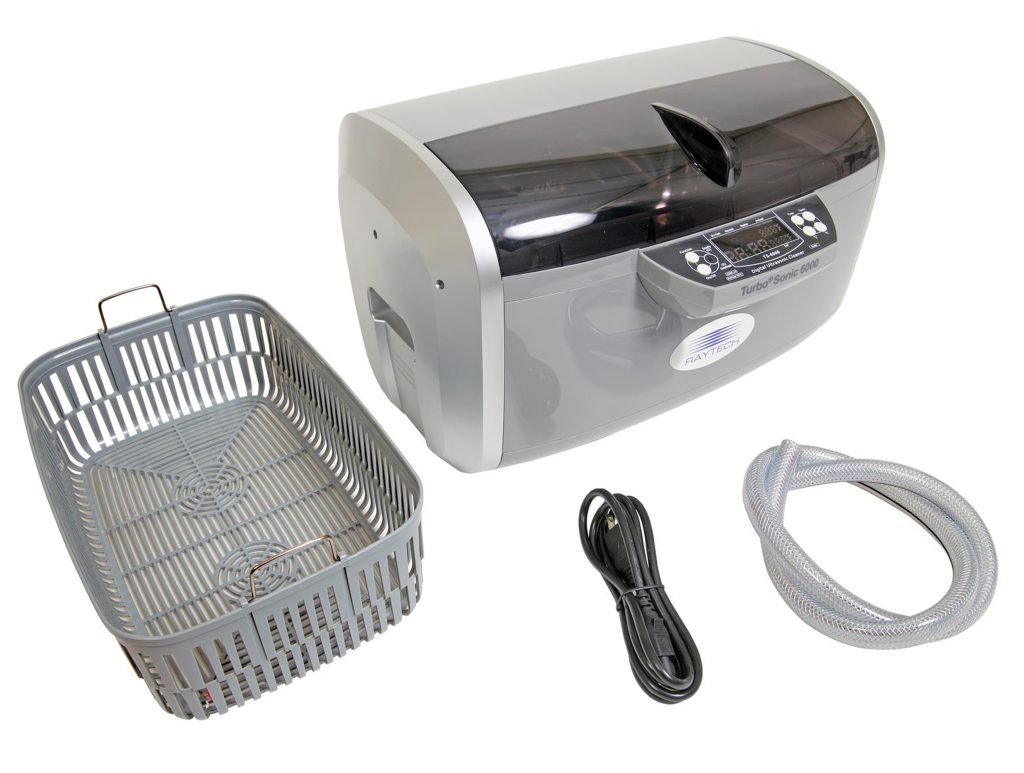I’m going through my small block that’s running a hydraulic roller cam and lifters. The lifters I have seem to work just fine but I’m thinking that I should clean them somehow. What would be a good way to clean these lifters without the hassle of taking them all apart? Plus, I also want to clean the new roller rocker arms I just bought but I really don’t want to use dirty solvent to clean out that grease they are packed with.
B. L.
This is a good question. I’ve been told by companies that make hydraulic roller lifters that they are the best filters in the entire engine—which means they do a great job of trapping debris that circulates through the engine. What can happen is that the dirt or other crud can get trapped beside the small ball bearing in the bottom of the lifter and hold it open.
If this occurs, the oil is no longer trapped below the piston and the lifter bottoms out—or in racing parlance—they pump down and the lifter clatters quite badly. Also clearances inside a lifter are very tight so cleaning them is difficult. I’ve taken hydraulic lifters apart and physically cleaned them but this is difficult and very time consuming and I do know that you have to be very careful to reassemble them by keeping the internal components together for each lifter because they are carefully matched. So the best way is to disassemble and clean only one at a time so the parts don’t get mixed up.

With your question, it occurred to me that perhaps a much better procedure would be to subject the lifters to an ultrasonic cleaning process. There are several companies that make small, bench top ultrasonic cleaning machines that are not that expensive. The machine uses high frequency waves combined with a specific detergent solution that does a very good job of cleaning components with small clearances like hydraulic lifters.
This will also do a good job of cleaning dirt from between the tiny roller bearings and the axle. Any kind of small metal debris in there could cause all kinds of problems and I think an ultrasonic cleaner would get this cleaned up really nicely.
As for cleaning the roller rocker arms, the same process would apply. The grease is probably there to prevent corrosion while the parts sit on the shelf. Most guys would just clean them in a solvent tank and blow them off with compressed air. While it’s good to remove that grease, my guess is that the typical solvent tank might easily be much dirtier than dirty engine oil! You could use the solvent tank to initially clean the major grease but then I would then also put them through the ultrasonic cleaner to perform the final cleaning process.
Once this has been completed, the rollers in the lifters and the roller rockers will be completely dry with no oil so they will need to be immersed in a small tank of fresh engine oil to make sure the bearings are fully lubed before re-installed. Some guys will insist that you pump the lifters to get oil into the small internal chambers but this can cause problems when it comes to setting lifter preload because the lifters will not want to compress against the full chamber of oil.
It’s better to immerse the lifters and the roller rockers in oil for three to four hours and then once the engine is re-assembled and the preload set, then you can pressure lube the engine. This will ensure engine oil pressure will fill the hydraulic lifter internal passages properly.
I found an example of this type of sonic cleaner on SummitRacing.com that has a six quart capacity which is more than enough to clean a set of lifters. Right off the top of my head, I think this would also be a great little machine for cleaning Holley carburetor metering blocks to help pull out junk that might be trapped inside the tiny orifices in these metering blocks. Many of the main circuit metering air bleeds are 0.028 inch in diameter which is pretty small and could easily be blocked with all those nasty chemicals that the gasoline companies are putting in fuel these days.
There are probably a dozen other uses for a small machine like this. Once you own one, my guess is that you will find a whole bunch of uses for its abilities.

How about that old “jewelry cleaner” that the wife hasn’t used in a decade? The one she saw on TV and “just had to have it”?
I am not a mechanic.
After reading this article my question is, is there any additive we can add to the crankcase and run through the engine to breakdown any sludge and debris in the interior of the motor and then just drain it out? Thank you, superdave.
I have used this method for cleaning Carbs for a few years and it works great, never thought of using it on lifters, but don’t know why it would not work. I used Simple Green, Awesome from the Dollar Tree Store, and even Dawn Dish Soap. All have worked great for carbs and i don’t see why it would not work for lifters.
Back in the 1960s, when oil change intervals were 1000 miles and motor oil wasn’t all that great, it was common to add 2-3 quarts of kerosene to the old oil in the crankcase. Then start and run the engine for 2-3 minutes before draining the crankcase. Seemed to do a fair job of de-sludging an engine that had gone too far between oil changes.